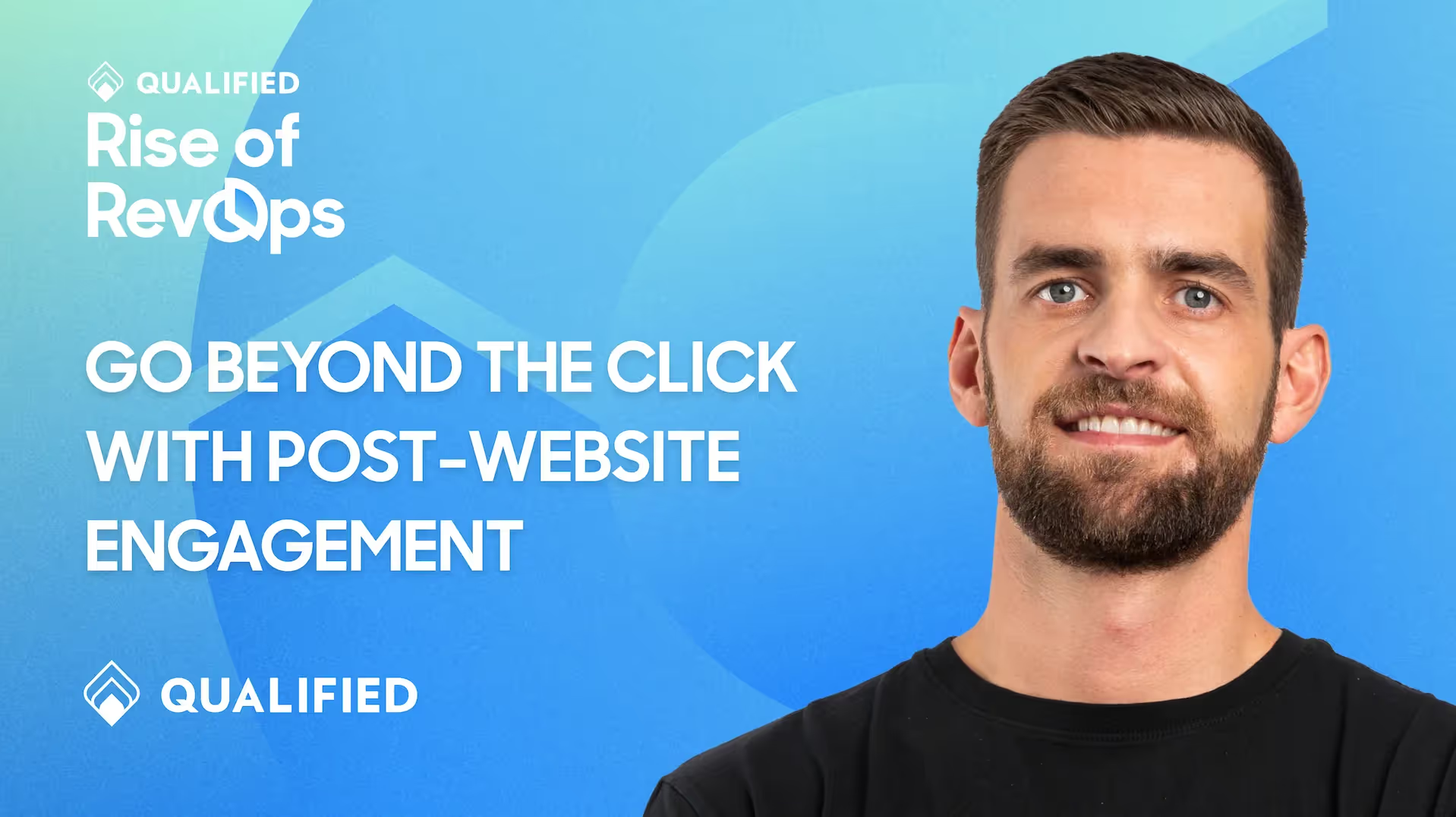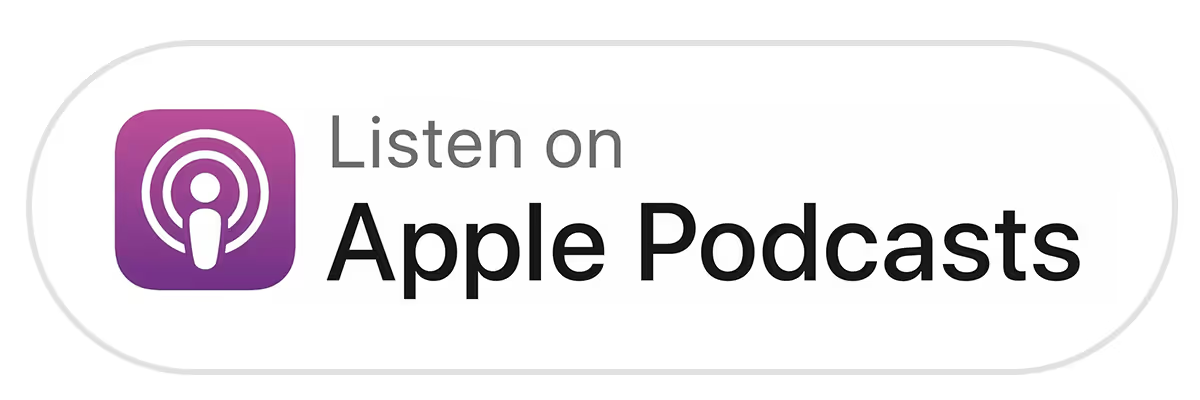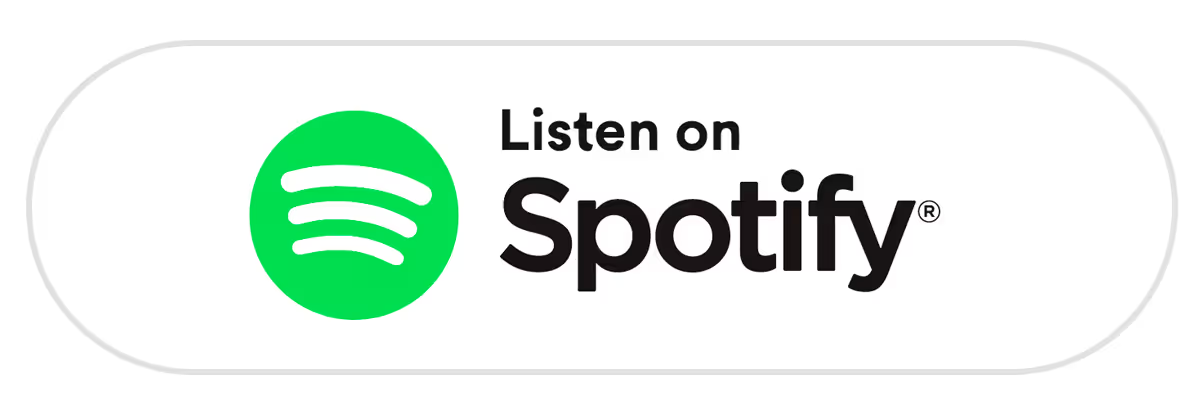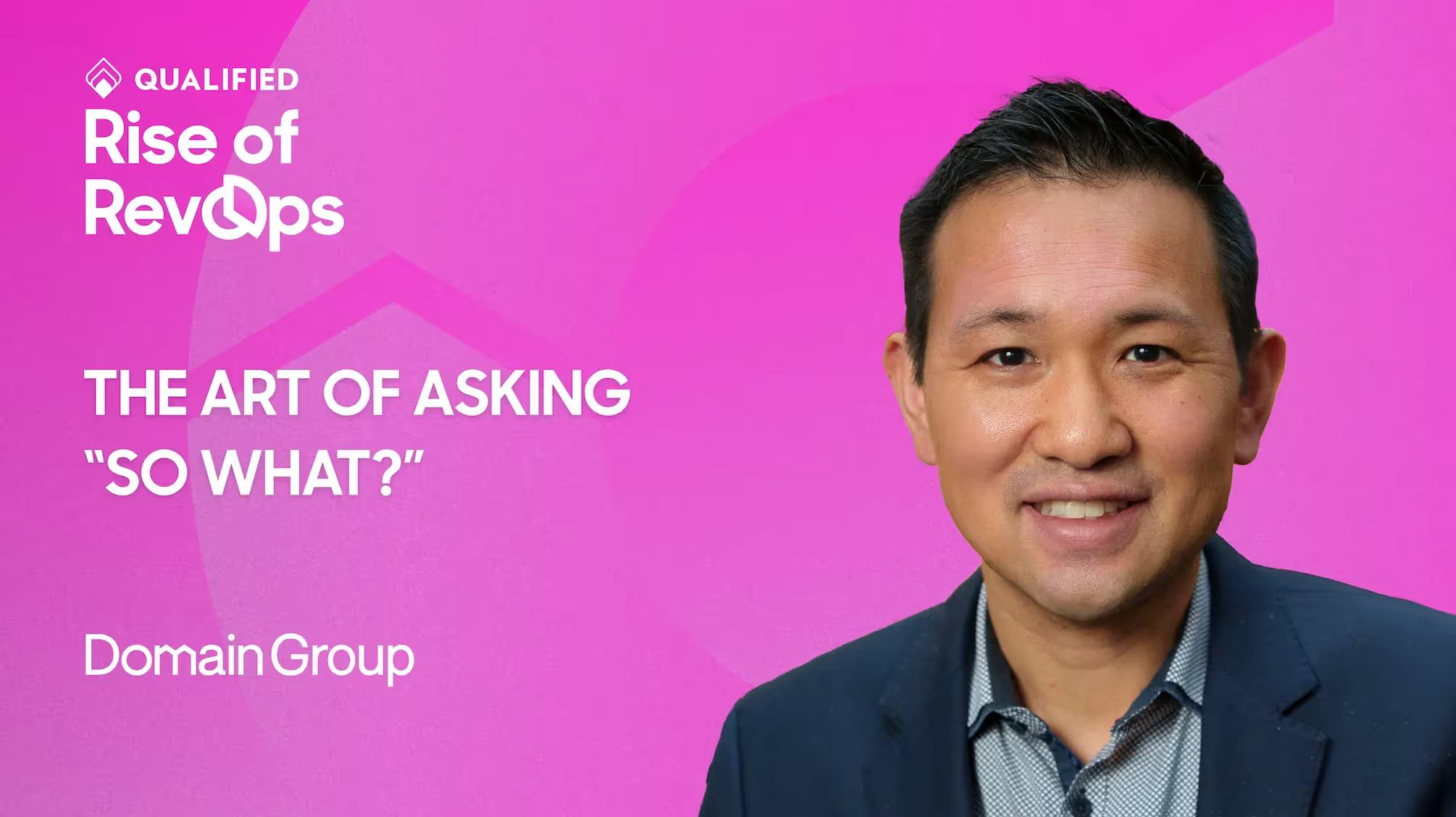This episode features an interview with Kieran Snaith, VP of Revenue Operations at Qualified, the pipeline generation platform for revenue teams that use Salesforce. Kieran describes how, in a world of inbox overload, we can catch the attention of potential customers. He also explains how his team harnesses the power of real-time engagement to drive conversions.
Key Takeaways
- We can improve productivity by installing the right systems and processes. Specialized team structures and the willingness to constantly adjust can generate more pipeline and close more deals.
- The BDR team is guided by intent, which relies on a prospect’s response to marketing materials. When a prospect clicks on an ad, google searches, or enters a website, BDRs should take action to understand prospect behavior.
- Fast response is critical to staying competitive. The speed of your response, especially when addressing an initial request, makes it more likely that you’ll secure a prospect and make a conversion.


















.svg)


